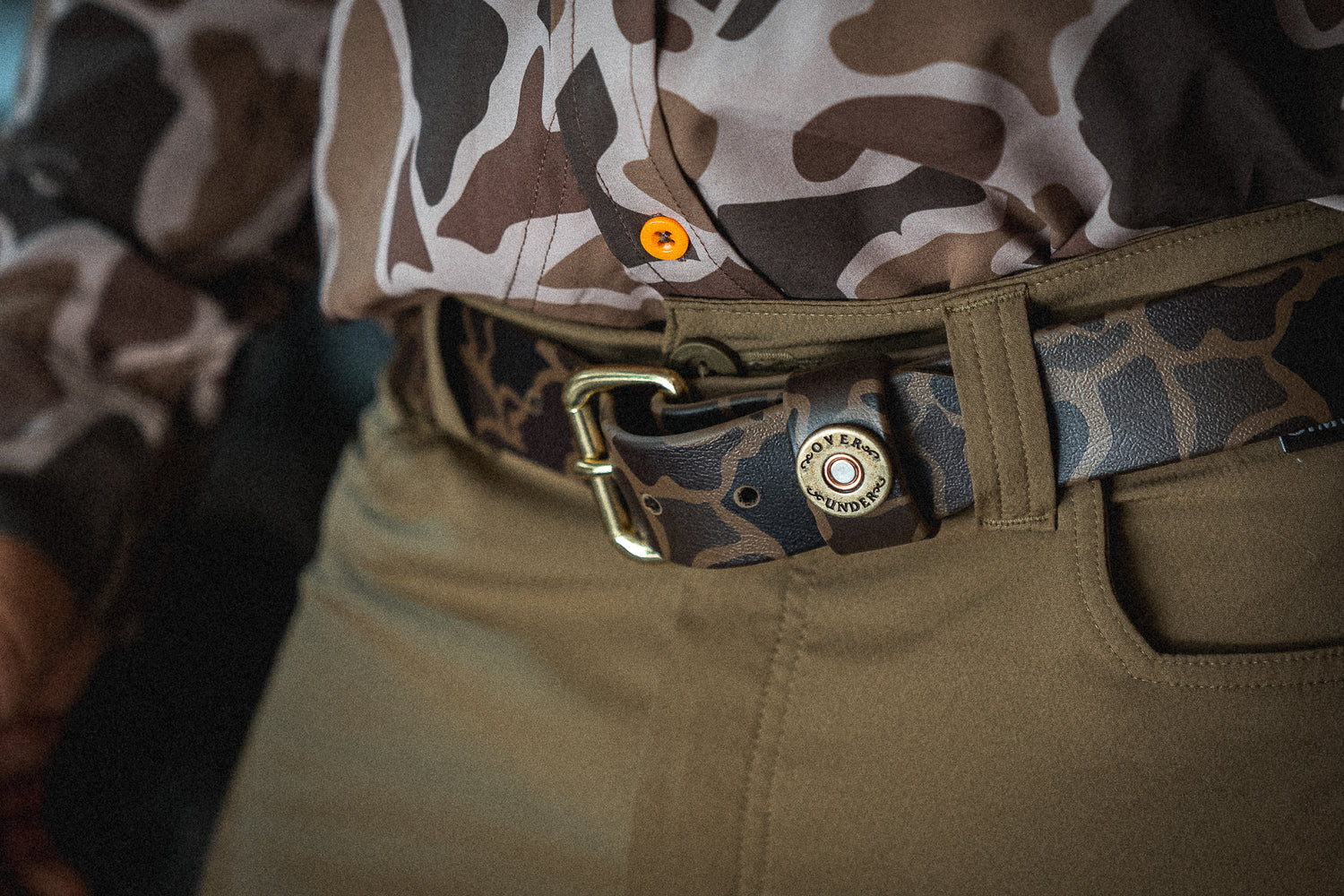Some hunting gear is much more than just a tool. Pieces like decoys and calls are more like art forms than tools, and the success of a duck hunt would often suffer if it were not for items like decoys and calls. How they work and how to use them are something all hunters should understand. Learn more about them in this article.
How They Started
Production of duck decoys began in earnest in the 19th century by industrious Americans that wanted to capitalize on the popularity of duck meat as a delicacy. The carvers followed the examples of decoys used for years by Native Americans. The popularity of duck hunting continued to grow and the need for large amounts of decoys led to mass production.
Wooden duck decoys were eventually replaced by plastic models in the mid-twentieth century. Carvers still create amazing decoys by hand today, but the majority of these as well as the vintage models are kept for art collections rather than for use in the field. Some hunters still prefer wood over plastic, and either option increases the potential of a successful hunt.
Duck calls were also a 19th-century product for the same reasons as the decoy. The duck was an elegant dinner option, and hunters wanted a better chance of bringing in as many as possible to sell. Originally, hunters practiced duck calling on their own without any tools, but manufactured calls soon replaced the less authentic sounds produced by most humans.
The calls were created for a couple of decades before the first patented call arrived in 1870. Over the last 150 years, call makers have modified the tool/instrument to create a more authentic sound, improve its ease of use and boost the attractiveness of the outer design.
Why They Work
How is it possible that animals would not recognize a fake duck when they hear or see it? The truth is that only a handful of creatures can recognize themselves by sight and may lack the ability to determine the difference between a realistic fake and a real member of their species.
Researchers put animals in front of mirrors to determine their reactions. The only bird that realized the image they saw was their own, was the European magpie. All other birds either reacted in fear or aggression in the belief that the reflected image is another bird.
Decoys must have accuracy in color and size because ducks have excellent vision. Waterfowl see colors and have amazing depth perception due to its ability to simultaneously see near and far.
Ducks become fooled by decoys because they are distracted during hunting season by the desire to flock together for the winter, so when a duck notices a member of their species from the air, they’ll land without a second look at the new friend floating nearby.
Calls work because the best ones produce sounds that match the noises made by the species. Of course, calls also rely on the person using them to do so correctly. Successful decoy use requires hunters to know where to deploy the duplicate and how many to use.
A duck call takes practice. Hunters that want the best duck call for themselves will need to try out various models and seek out the type that is best for their hunting strategy. It is common for hunters to own several calls so they always have the perfect call for every hunting trip.
How Calls Vary
The sounds made by a duck call vary based on the design of the instrument. The length and thickness of the reed, the thickness of the barrel, the number of reeds and many other details change the sound made by a duck call. The call that is best depends on the technique of the hunter, where they hunt and what feels comfortable to them.
At Over Under Clothing, we offer a variety of gear to make your time in the field more fruitful. Our single-reed mallard call is as effective as it is attractive. Check out our website to browse our hunting gear, clothing and everything else we have to offer.


